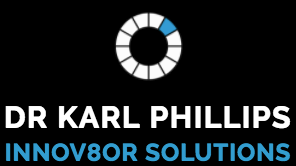Skill
Skill
A systems engineering process for establishing and maintaining consistency of a product’s performance, functional and physical attributes with its requirements, design and operational information throughout its life
Competency
Competency
Expert
Competency Level
Competency Level
75%
Knowledge (Theories, Ideas & Concepts)
Through Professional/Personal Study Gained Through Experience
SKILLS & APPLICATION OF KNOWLEDGE
IN REAL WORLD SITUATIONS
Together with Responsibilities/Accountabilities
Selected Challenges & Approaches
Together With lessons Learnt
Selected Achievements & Successes
Together with Any ‘So What’ Statements of Insights
